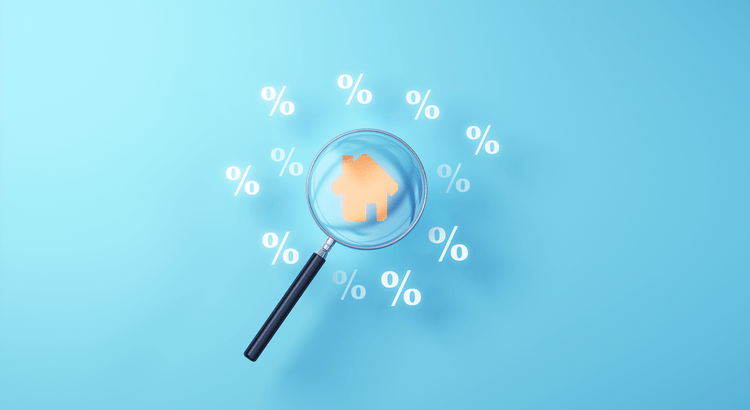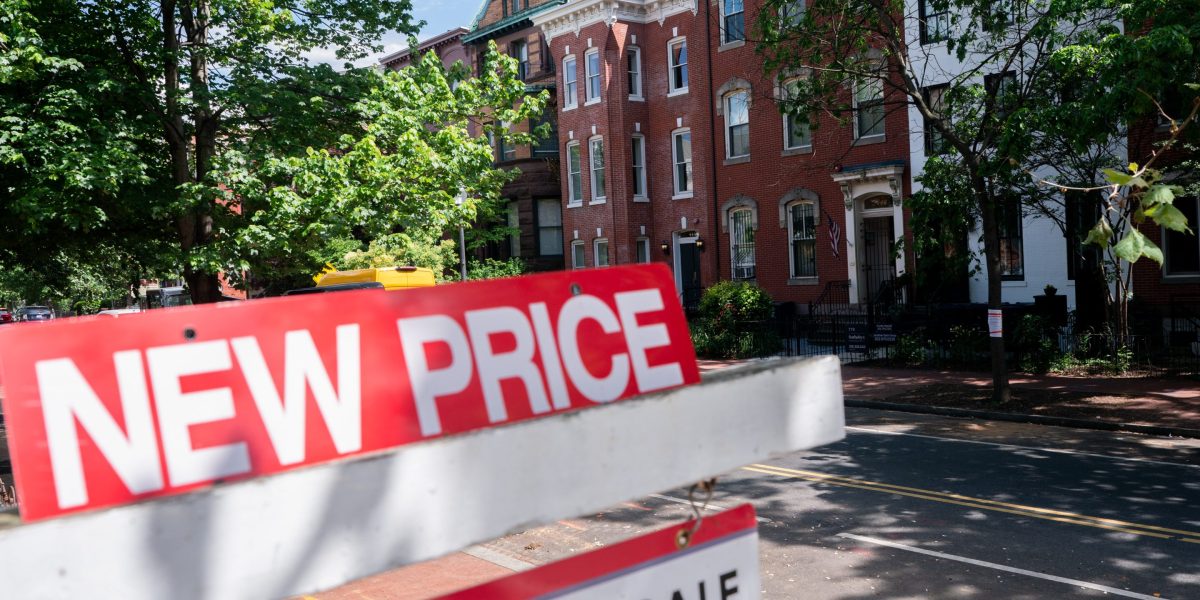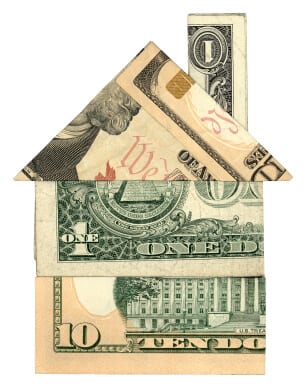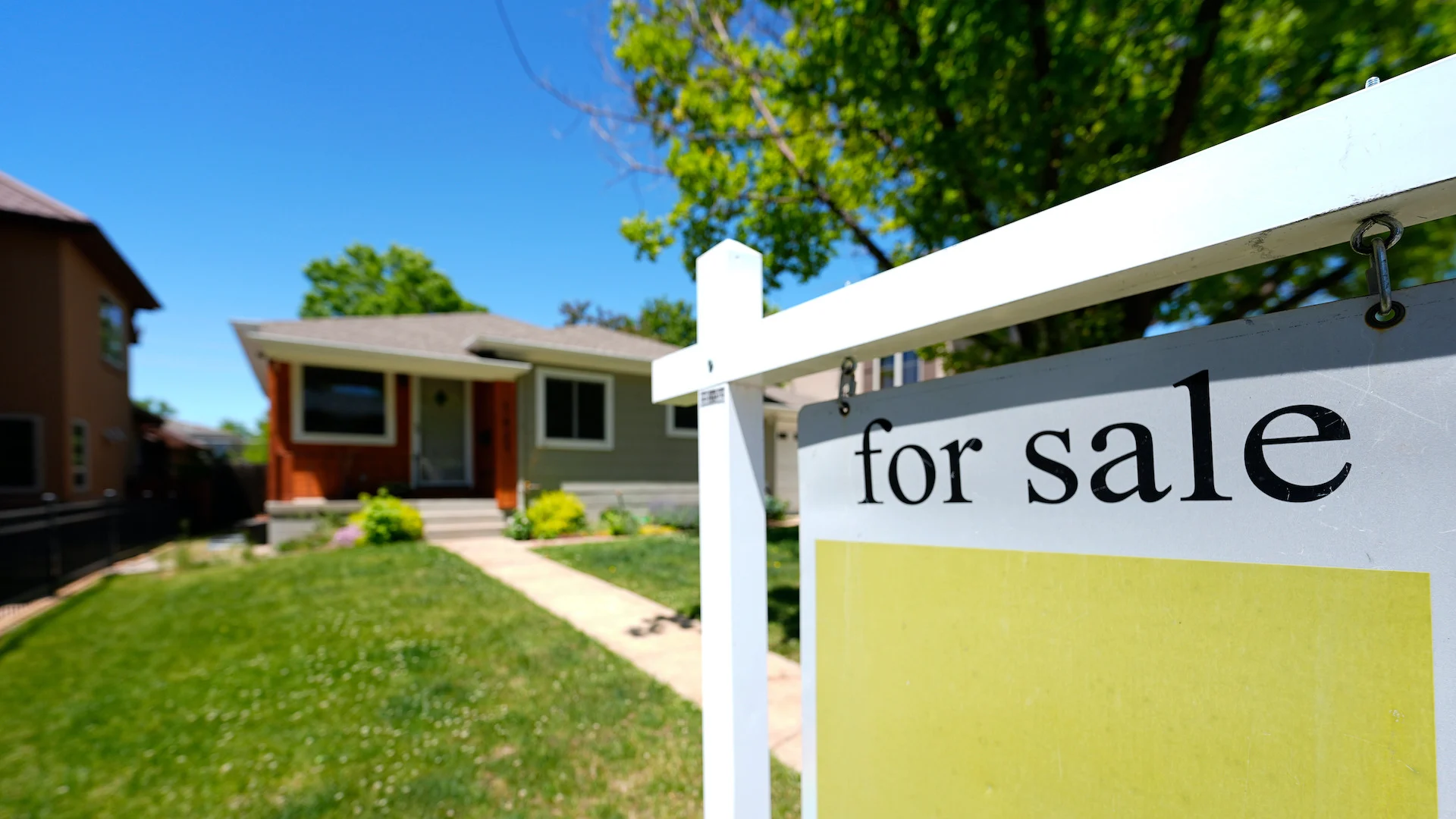#mortgage-rates
#mortgage-rates
[ follow ]
fromRedfin | Real Estate Tips for Home Buying, Selling & More
4 days agoHow Homebuyers Are Using 2-1 Buydowns to Make Early Payments More Affordable
A 2-1 buydown can be a useful option for buyers who want lower mortgage payments in the first years of homeownership-especially in today's higher-rate market. Whether you're buying a house in Austin, TX or searching for a home in Denver, CO , this temporary rate-reduction option can make the early years of a mortgage more affordable.
Real estate
fromwww.independent.co.uk
5 days agoLenders fire up mortgage wars as rates touch 3.5% in boost to buyers
From reproductive rights to climate change to Big Tech, The Independent is on the ground when the story is developing. Whether it's investigating the financials of Elon Musk's pro-Trump PAC or producing our latest documentary, 'The A Word', which shines a light on the American women fighting for reproductive rights, we know how important it is to parse out the facts from the messaging.
UK news
Real estate
fromBoston Condos For Sale Ford Realty
1 week agoDecember Housing Data Can Early Forecast 2026 Boston Condo Sales Boston Condos For Sale Ford Realty
Mortgage rates, Treasury yields, inventory, mortgage applications, and home prices will determine housing market direction and affordability through 2026.
fromBoston Condos For Sale Ford Realty
1 week agoBoston Real Estate 2026 Predictions Boston Condos For Sale Ford Realty
The real estate market was largely frozen in 2025. Boston condo sales continued to slow, as low inventory, high prices and relatively expensive mortgage rates kept many would-be homebuyers locked out of the market. The annual buyer and seller profile from the National Association of REALTORS® found the share of first-time buyers to be at its lowest level in history, as the median age of these buyers hit a record high of 40.
Boston real estate
Real estate
fromRedfin | Real Estate Tips for Home Buying, Selling & More
3 weeks agoLender-Paid Mortgage Insurance (LPMI): What It Is, How It Works & Whether It's Worth It
Lender-paid mortgage insurance eliminates monthly PMI by raising the mortgage interest rate, lowering monthly payments but increasing long-term interest costs and reducing refinance flexibility.
fromSFGATE
3 weeks ago2026 Housing Market: Stable Rates, Rising Costs Ahead
The planning seems to take forever, everything's more expensive than you thought it would be, and stress can quickly reach "Should we even be doing this?" levels. All of that leads up to a single day - closing day for buyers or the wedding itself - that goes by in the wink of an eye. And that one day isn't an end, it's a beginning.
Real estate
Boston real estate
fromBoston Condos For Sale Ford Realty
3 weeks agoBoston Condo For Sale Market Comps Heading Into 2026 Boston Condos For Sale Ford Realty
Boston condo prices will rise modestly in 2026 with slightly higher inventory, steady demand, continued affordability challenges, and no major crash.
fromwww.ocregister.com
4 weeks agoWould Trump's 50-year mortgage have a much higher rate?
A key criticism of offering house hunters a longer-term borrowing option is that it would not save borrowers a significant amount of money in the short term and would drive up buyer's financing costs in the long haul. Numerous housing gurus claim the interest rate on these half-century loans would be significantly higher than the traditional 30-year mortgage. This logic is largely based on the fact that 30-year fixed-rate mortgages are more expensive than the already available but lesser-used twist, the 15-year home loan.
Real estate
Real estate
fromFast Company
1 month agoHousing affordability is so strained that Trump is considering 50-year mortgages. Here are 11 things to know
Fannie Mae and Freddie Mac remain in conservatorship with up to 5% share sales; a proposed 50-year mortgage could lower payments but raise interest rates.
fromwww.housingwire.com
1 month agoFed interest rate cut odds drop amid inflation concerns
By my assessment, the labor market is largely in balance, the economy shows continued momentum, and inflation remains too high, the statement read in part. I view the stance of policy as only modestly restrictive. In this context, I judged it appropriate to maintain the policy rate at this week's meeting. The federal funds rate is currently at a range of 3.75% to 4%, its lowest level in three years.
US politics
fromwww.housingwire.com
1 month agoRobinhood partners with Sage Home Loans for exclusive offer
We've built a mortgage experience that's simple, digital, and transparent and collaborating with Robinhood shows what's possible when technology meets accessibility. Our goal is to help more people turn financial progress into homeownership, one of life's most meaningful milestones. In an interview with HousingWire ahead of the announcement, Malloy said that the offer was first piloted over the summer to a small group of Robinhood
Real estate
fromFast Company
1 month agoFannie Mae economists: Most of the mortgage rate relief is already behind us
The average 30-year fixed mortgage rate sits at 6.19%, down from 6.54% a year ago. While that decline represents some welcome relief for homebuyers, economists at Fannie Mae and the Mortgage Bankers Association (MBA) believe most of the short-term mortgage rate relief is already behind us. Both Fannie Mae and the MBA released 2026 forecasts this month showing not much change from here.
Real estate
[ Load more ]






































